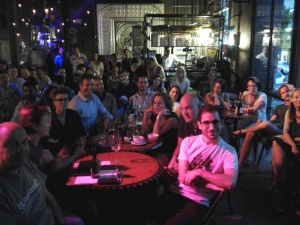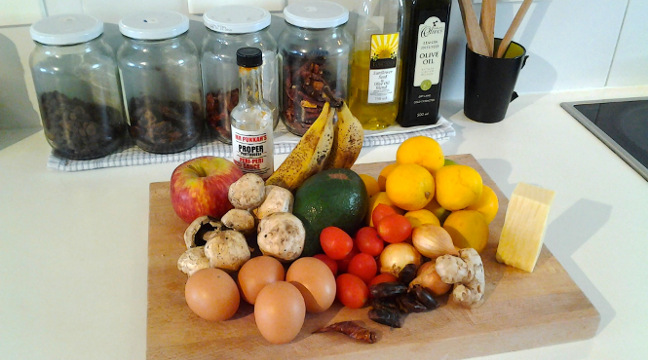The Hawk, the Fox, and the White-tailed Deer
On the inner fringe of the Tucson Mountain Park, where the last of the massive homes dot the landscape, the red-tailed hawk rose out of the canyon with but the slightest motion of her wings. I wanted to follow, but could not find the means.
The fox scurried from beneath a creosote bush as I scrambled down a canyon wall. His body pointed away, but head remained facing me. I sat to embrace his stare. We engaged, for how long I don’t know, both wondering who would lose this contest of will. He raised his nose. I could see his chest expand. Then he turned, climbed over a small boulder, and disappeared into a hollow.
The white-tailed buck moved with a light, long stride, just to my front and right side. His broad antlers brushed the upper branches of the cacti. I heard him before I saw him, despite his tremendous size. I increased my pace, sprinting on the game trail when I thought I was out of view, slowing at the crest of the next hill. But in the shadows of this Sonoran desert refuge, I knew the chase was through.
Perhaps each of these dwellers will also return to their homes to tell the story of the human whom they encountered. Slow, cumbersome, unable to move in silence yet somehow, the one whose kind have encroached upon all but the furthest reaches of their homes.




